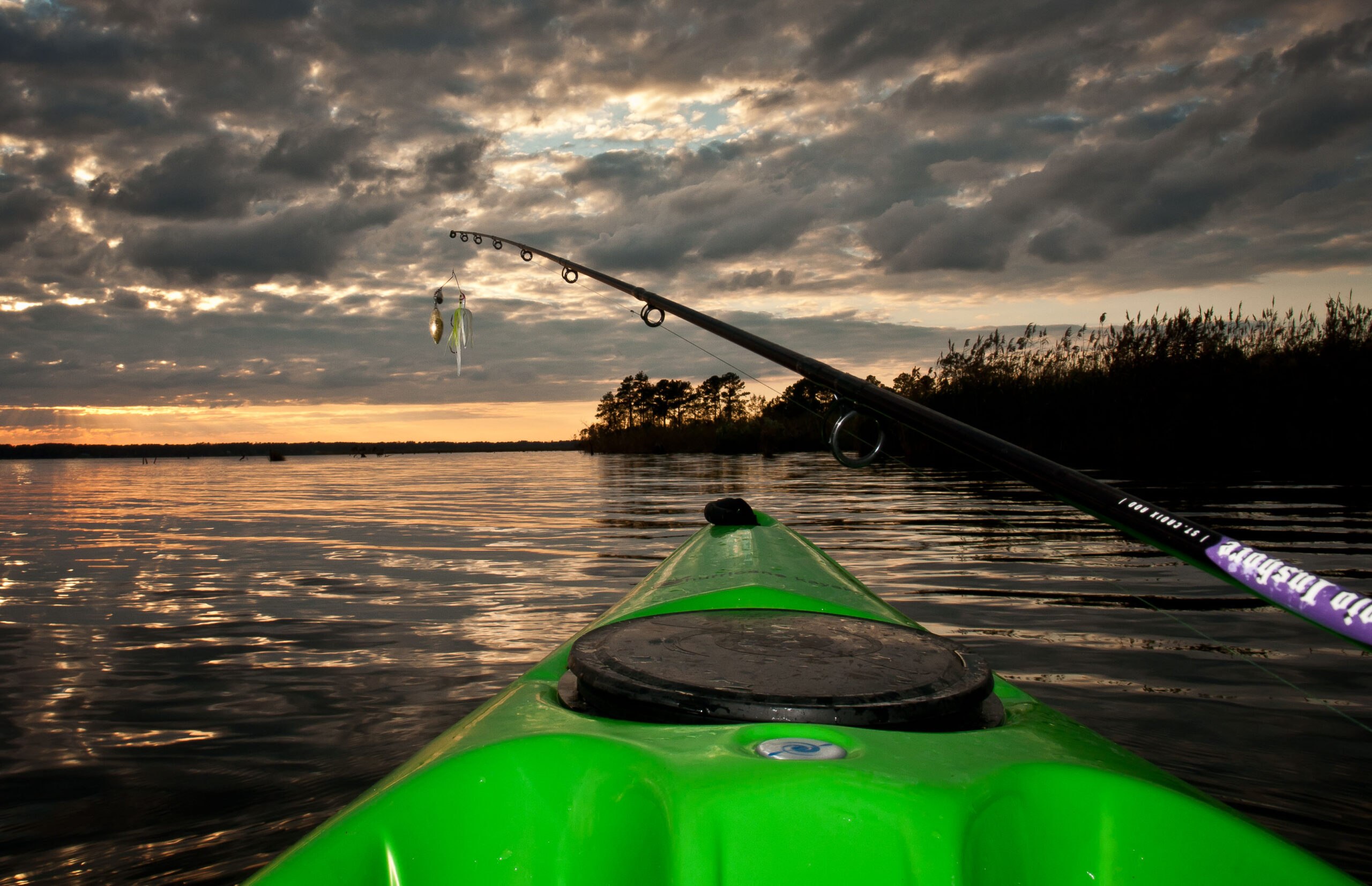Can “Accelerometers” Confirm Life Jacket Use on Boats?

Technology already exists that might improve safety at sea.
An angler in coastal North Carolina recently escaped from his solo fishing trip unscathed after falling off his boat 37 miles from shore and getting picked up hours later by other fishers in the area. The angler was fishing alone and not wearing a life jacket — another reminder that the sea and boating can be dangerous.
Research Need
Commercial fishing is often cited as the most dangerous occupation in the country, with falls overboard as the most common cause of death, and angling and commercial fishing share a lot in common. Both activities usually involve actively fishing from boats. Both groups are constantly encouraged to take boating and safety at sea as serious business.
While regular life jacket use might mitigate dangers, convincing fishers to wear a life jacket on a regular basis is an ongoing challenge. What if boaters wearing life jackets could receive an incentive for doing so, like reductions in marine insurance premiums?
How would we monitor life jacket use for the entire time that people are boating?
What did they study?
Scientists wanted to see if high-quality accelerometers, devices similar to the ones embedded in your cell phone or fitness tracker to measure motion, could be used to monitor and predict life jacket use by crew members on commercial lobster vessels in Maine and Massachusetts.
They placed two accelerometers on board each vessel — one attached to the boat itself and another attached to the life jacket of a crewmember as they went about their daily fishing activities. Go-Pro footage was used to confirm life jacket use and vessel activity at sea.
Using the accelerometer data from each device, the team examined the relationship between the two datasets and constructed a computer model to try to predict when life jackets were actually used on the vessels.
What did they find?
The research team was able to predict life jacket use about 75% of time.
Accuracy was highest when crew members were moving versus stationary, which makes sense given that the vessels were also moving. The scientists believe the size of the movements, rather than their frequency, is most predictive.
So What?
The use of accelerometers to measure life jacket use, while not perfect, appears to be a viable alternative to self‐reporting or direct observation.
Future testing and adoption is not without challenges. The accelerometers used were expensive ($1,000 in 2019) and required recharging after a month of use.
But technology is always changing and improving – and I suspect we will see more, rather than fewer, studies like this one in the future.
Reading
Accelerometers: Assessing their potential for measuring personal flotation device use on commercial fishing vessels. 2019. Paul L. Jenkins, Margaret Knight, Liane Hirabayashi, Rebecca Weil, Jessica Echard, Nicole Krupa and Julie A. Sorensen. Journal of Industrial Medicine, 62:883-892. https://onlinelibrary.wiley.com/doi/abs/10.1002/ajim.23020
National Institute for Occupational Safety and Health (grant/award number 5R01OH011029) provided funding for this work.
Summary compiled by Scott Baker.
Lead photo courtesy of Chip Vincent/CC BY-SA 2.0.
The text from Hook, Line & Science is available to reprint and republish at no cost, but only in its entirety and with this attribution: Hook, Line & Science, courtesy of Scott Baker and Sara Mirabilio, North Carolina Sea Grant.



